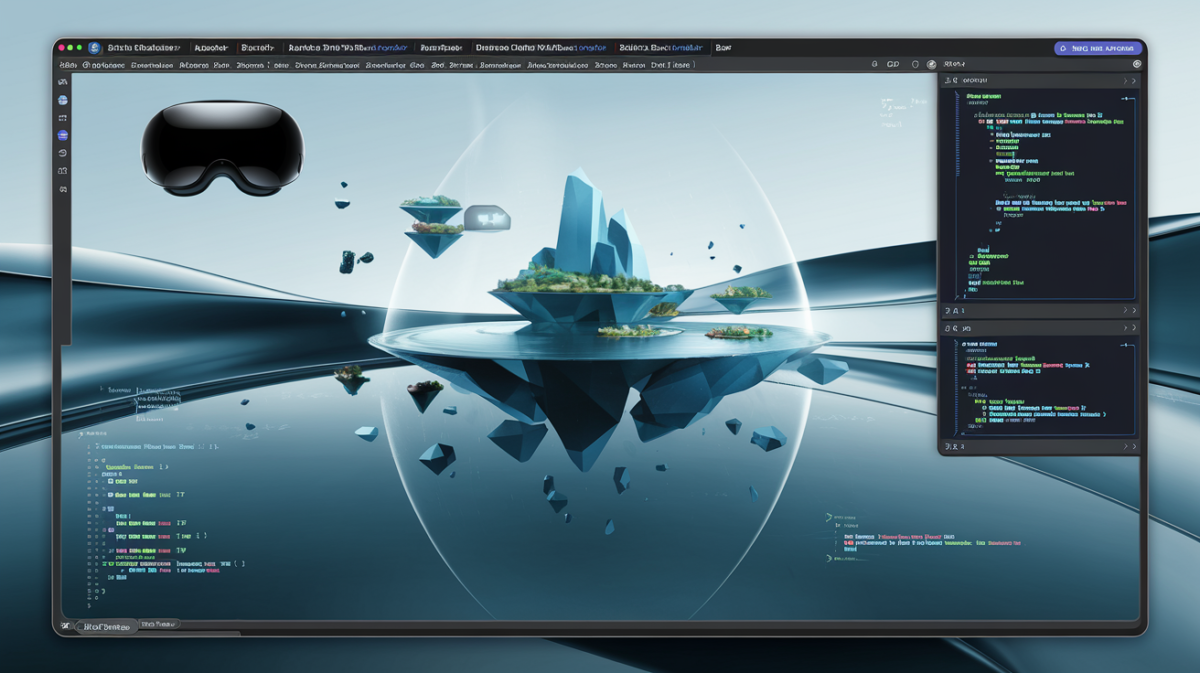Apple has taken a significant leap forward in spatial computing with the release of Xcode 26 beta, introducing the highly anticipated ‘Apple Vision Pro 4K’ simulator. This groundbreaking tool empowers developers to create and test applications tailored for the upcoming Apple Vision Pro headset, slated for an early 2024 launch. The simulator promises to revolutionize how developers design immersive experiences for Apple’s next-generation augmented reality platform.
What the Apple Vision Pro 4K Simulator Offers
The new simulator is packed with features designed to streamline the development process for visionOS applications. Here’s a closer look at its key capabilities:
- High-Resolution Testing: With 4K resolution support, developers can accurately preview how their apps will appear on the Vision Pro’s ultra-high-definition display, ensuring pixel-perfect visuals.
- Seamless Integration: Built directly into Xcode 26, the simulator provides a unified environment for coding, debugging, and testing visionOS applications without switching between tools.
- visionOS SDK Compatibility: Developers can harness the full power of the visionOS software development kit to build apps that leverage the Vision Pro’s advanced spatial computing features.
How to Install the Simulator
Getting started with the Apple Vision Pro 4K simulator is straightforward. Developers have two primary installation options:
- Automatic Installation: When opening a new or existing project in Xcode 26, the IDE will prompt users to download the simulator runtime if it’s not already installed.
- Manual Installation: Navigate to Xcode’s preferences, select the ‘Platforms’ tab, and click the ‘Get’ button next to the visionOS simulator to initiate the download.
Developer Reactions and Early Impressions
The tech community has responded with enthusiasm to the simulator’s release. Tony Trejo, a seasoned software engineer, shared his experience in a detailed write-up, praising the tool’s ability to replicate the Vision Pro’s immersive environment with remarkable accuracy. “The simulator eliminates guesswork,” Trejo noted. “It’s a game-changer for spatial app development.”
Online forums like Reddit and developer-focused YouTube channels are buzzing with discussions. While many are excited to experiment with the simulator, others are seeking tutorials and best practices to maximize its potential.
Comparing the Vision Pro Simulator to Other Tools
To understand how the Apple Vision Pro 4K simulator stacks up against existing development tools, here’s a quick comparison:
| Feature | Apple Vision Pro 4K Simulator | Traditional AR Simulators |
|---|---|---|
| Resolution | 4K | 1080p or lower |
| Integration | Built into Xcode | Third-party tools required |
| Platform Support | visionOS-specific | Generic AR/VR platforms |
The Future of Spatial Computing
The introduction of the Apple Vision Pro 4K simulator underscores Apple’s commitment to advancing spatial computing. By providing developers with a robust toolset, the company is laying the groundwork for a new era of augmented reality applications—ranging from gaming and entertainment to productivity and education.
As the Vision Pro’s launch approaches, the simulator will play a pivotal role in shaping the ecosystem of apps available at release. For developers, this is an opportunity to be at the forefront of innovation, crafting experiences that redefine how users interact with digital content in the physical world.
Final Thoughts
Apple’s Xcode 26 beta and its Vision Pro 4K simulator mark a significant milestone in AR development. With its high-fidelity testing environment and seamless integration, the tool is poised to accelerate the creation of cutting-edge visionOS applications. As developers dive in, the possibilities for immersive, spatial experiences are limitless—and the future of computing has never looked more exciting.







